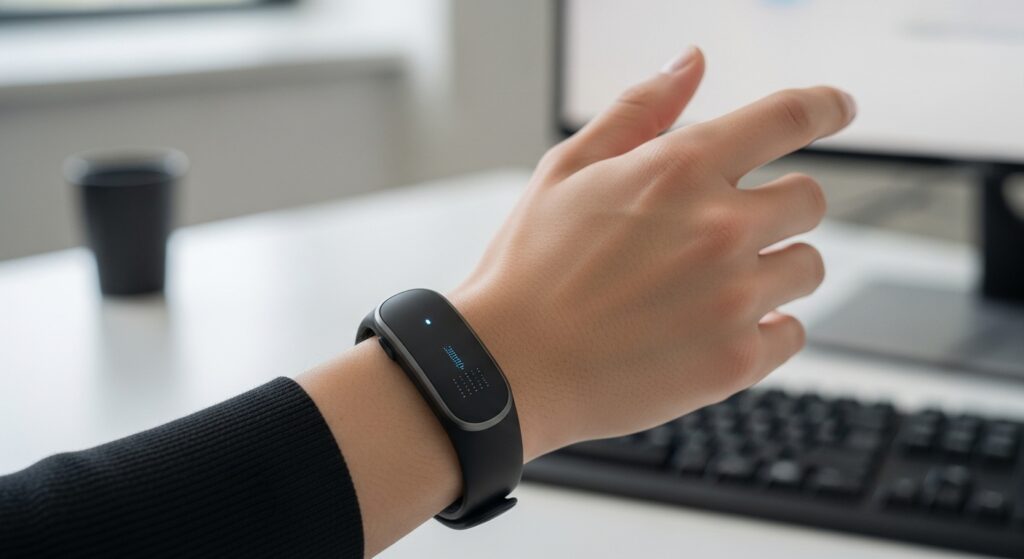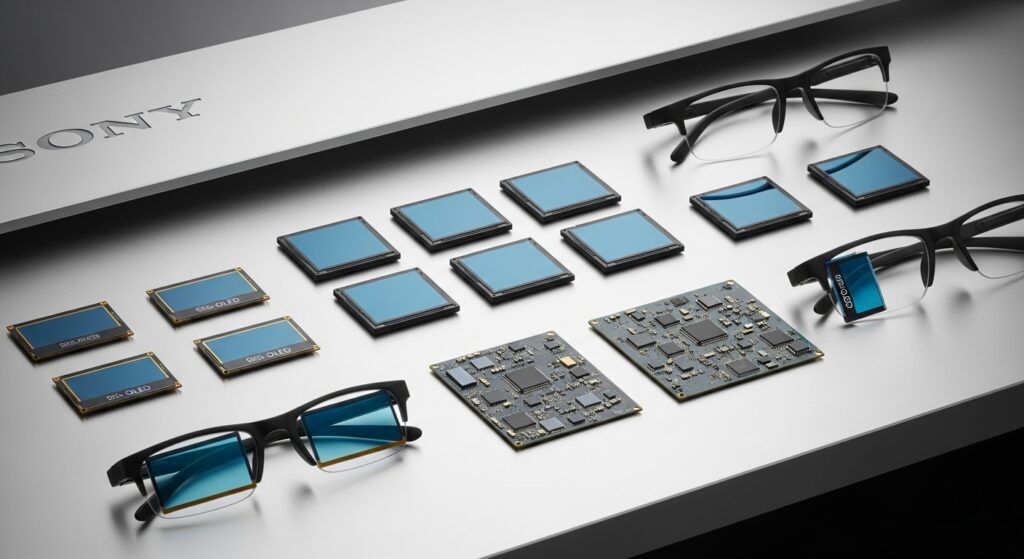Meta has revealed a prototype gesture-control wristband capable of translating subtle electromyography (EMG) signals into digital commands, enabling hands-free control of devices like computers and AR interfaces. This innovative wearable represents a real-world breakthrough in human-computer interaction, as detailed in a recent TechCrunch report and multiple peer-reviewed sources.
How the Wristband Works
The wristband uses sEMG sensors placed against the user’s wrist to detect electrical signals from muscles, even before visible movement occurs. Meta’s machine learning model, trained on data from over 10,000 participants, can accurately interpret this muscle intention and convert it into UI actions—such as swiping, typing in the air, or moving a cursor. According to experts at Imperial College, these signals can be deciphered in real-time without individual calibration, thanks to generalized AI models trained across diverse users. CyberGuy
Why This Matters
This technology offers a non-invasive and inclusive input method, which is especially valuable for users with limited mobility. Meta’s approach addresses key limitations of current gesture systems that rely on cameras or bulky wearables. According to The New York Times, the system delivers over 90% accuracy and handwriting recognition at roughly 21 words per minute—remarkably close to touch typing speed. CyberGuy
Meta is positioning this wristband as the intended primary input system for its future AR hardware like the Orion glasses. The device could replace keyboards, mice, or touchscreen commands, making digital interaction more intuitive and seamless.
Current Status & Potential Challenges
The wristband is still in research and prototype stages, with no commercial launch date yet. Meta has not shared pricing details but is reportedly planning limited developer access within the next year. Privacy analysts have also flagged concerns about biometric data security, though Meta assures most processing stays on-device.
What Lies Ahead
- Increased accuracy and battery life improvements
- Ergonomic refinement for extended wear
- Wider gesture vocabulary including handwriting, taps, swipes, and scrolling
- Integration with Meta’s ecosystem, including AR/VR devices like Orion


